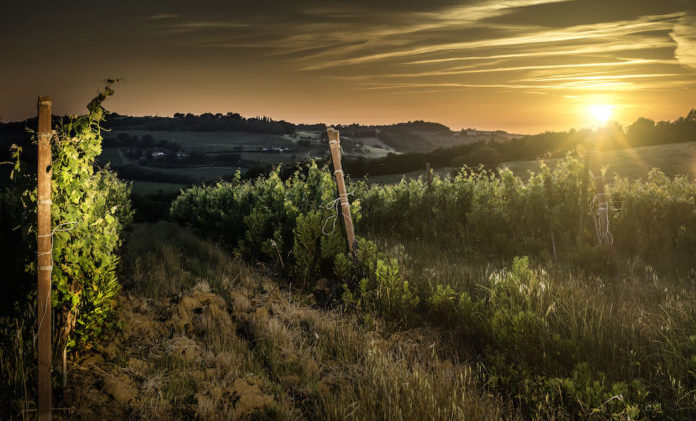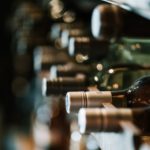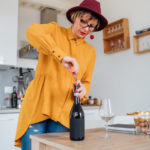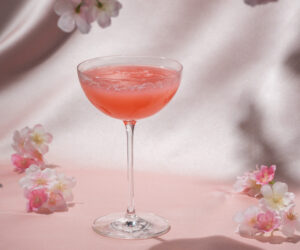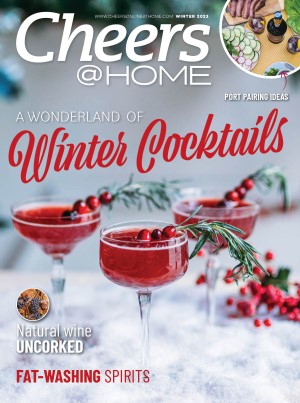All the world’s finest vineyards have something in common: Whether they are in a warm or cool climate region, they almost always feature an unusually big drop in temperature from the daytime high to the nighttime low. Known as a large “diurnal swing,” this is a consistent feature of the finest terroirs.
Sun is essential for making great wine, of course. Fruit needs ample sunshine and warmth by day to ripen, providing the energy necessary to produce sugar, flavor and color in the grapes. But if ripening proceeds too fast, the grapes will lose the acidity that provides wine’s refreshment and food-friendliness. If vines get too much heat too quickly, grape flavors will shift from bright and fresh to cooked and jammy in a flash.
Cold nights act almost like a refrigerator, preserving fruit freshness whether the coolness comes from ocean breezes or clear desert skies. These boost wine quality by postponing the drop in grape acidity and retaining the desirable aromatics associated with early stages of ripeness.
Winemakers Want A Big Diurnal Swing To Slow Ripening
Wine regions that are sunny and warm by day but cool off dramatically at night typically make the highest quality wines. For example, California’s coastal fine wine regions, from Napa Valley to Santa Barbara County, all feature a dramatic variation in daily temperature from day to night, as ocean breezes cool the vineyards come evening. The nearby vineyards of the Central Valley may be quite productive in volume terms, but their wines have much lower quality potential since the grapes do not cool off as much after the sun goes down.
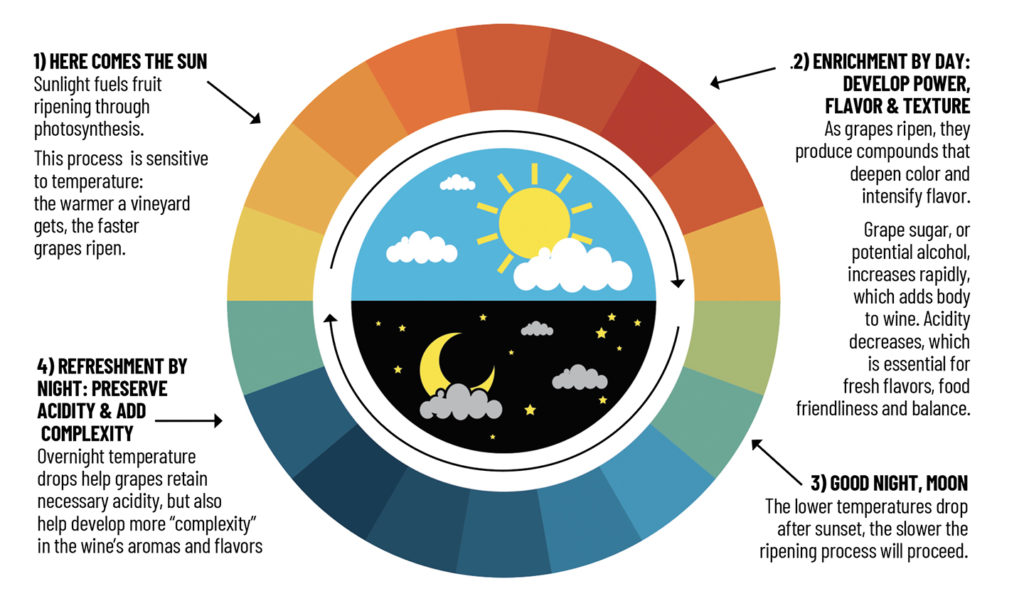
Marnie Old is one of the country’s leading wine educators. Formerly the director of wine studies for Manhattan’s French Culinary Institute, she is best known for her visually engaging books published by DK – such as Wine: A Tasting Course. Marnie currently serves as director of vinlightenment for Boisset Collection.

